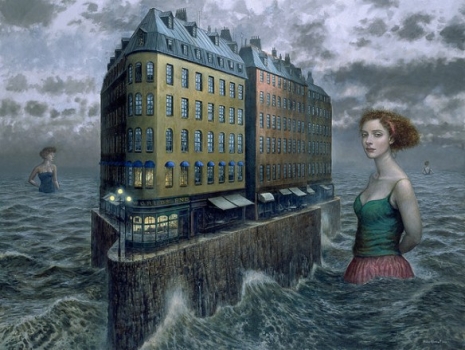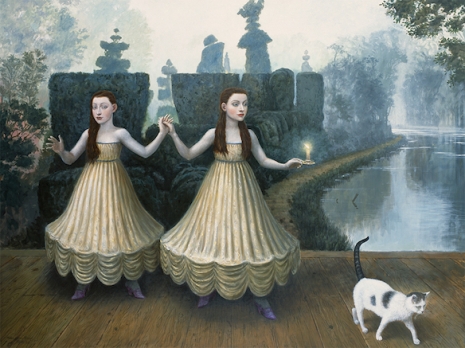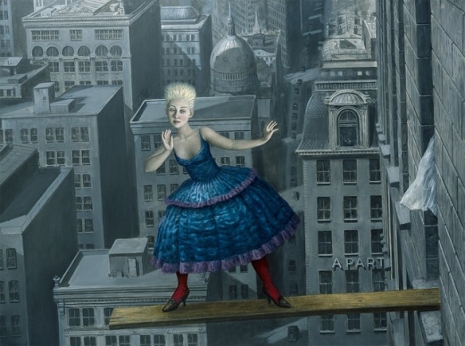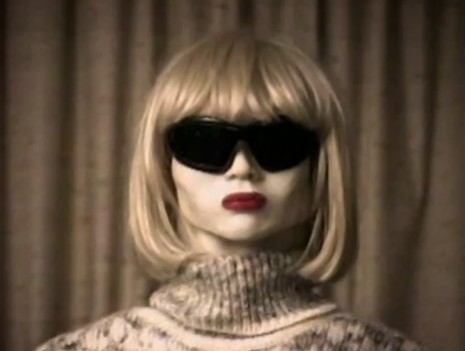
‘The Lost Narrative’ (2015).
I write down what I remember of my dreams each day—trying to capture them before they disappear like dew on a summer morning. Though it’s a good aide—memoire words don’t always capture the fleeting sensation such visions inspire as perfectly as an artist can with a painting.
Mike Worrall is an almost entirely self-taught artist who has been painting large, beautiful, surreal and mysterious pictures inspired by dreams and the subconscious since the early 1960s. As a child he was greatly intrigued by paintings that contained a dream-like narrative of “some sought of mystery element.” His own work followed in a similar direction where he keeps the viewer “guessing and wondering what it’s about”.
Worrall may sometimes be unsure as to what exactly his paintings are about. He might not quite fully understand them but says he is “a firm believer that I should not have to attempt to explain the enigma to people and that the picture should retain some mystery for a lasting interest.”
I’m interested in Dreams and Subconscious thoughts and the weirdness of how we go from one thought to another in an almost drifting process. Dreams are a great source of material for me. Not that I wake up and paint the dream that I may have had, even if I could remember it, I’d then have to most likely make up the details. My paintings are more deliberate and constructed with the element of change.
Worrall has also worked as an “Ideas Artist” in films. One of his paintings inspired Roman Polanski to make a film of William Shakespeare’s play MacBeth. More recently, he designed concept art for the Xenomorph in Alien3.
Born in Derbyshire, England in 1942, Worrall moved to Australia in 1988, where he currently resides. His paintings have been exhibited across the world. Many of his paintings are in collections owned by Polanski, Nicholas Roeg and musician Alan Price.
A whole gallery of Mike Worrall’s work can be seen here.

‘Escape from the Garden of Different Meanings’ (2015).

‘Disparnumerophobia meaning the fear of odd numbers’ (2015).
More after the jump…







